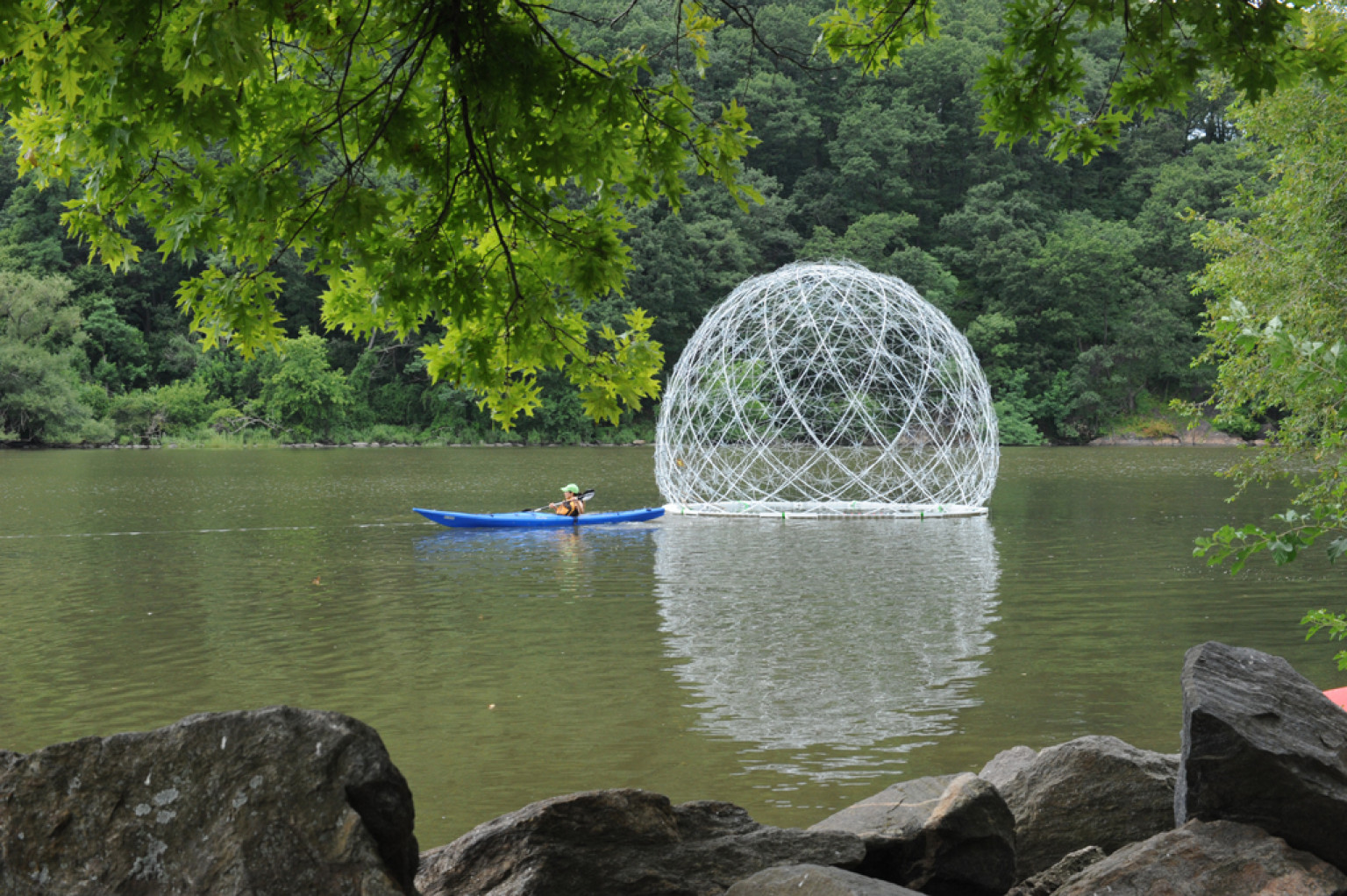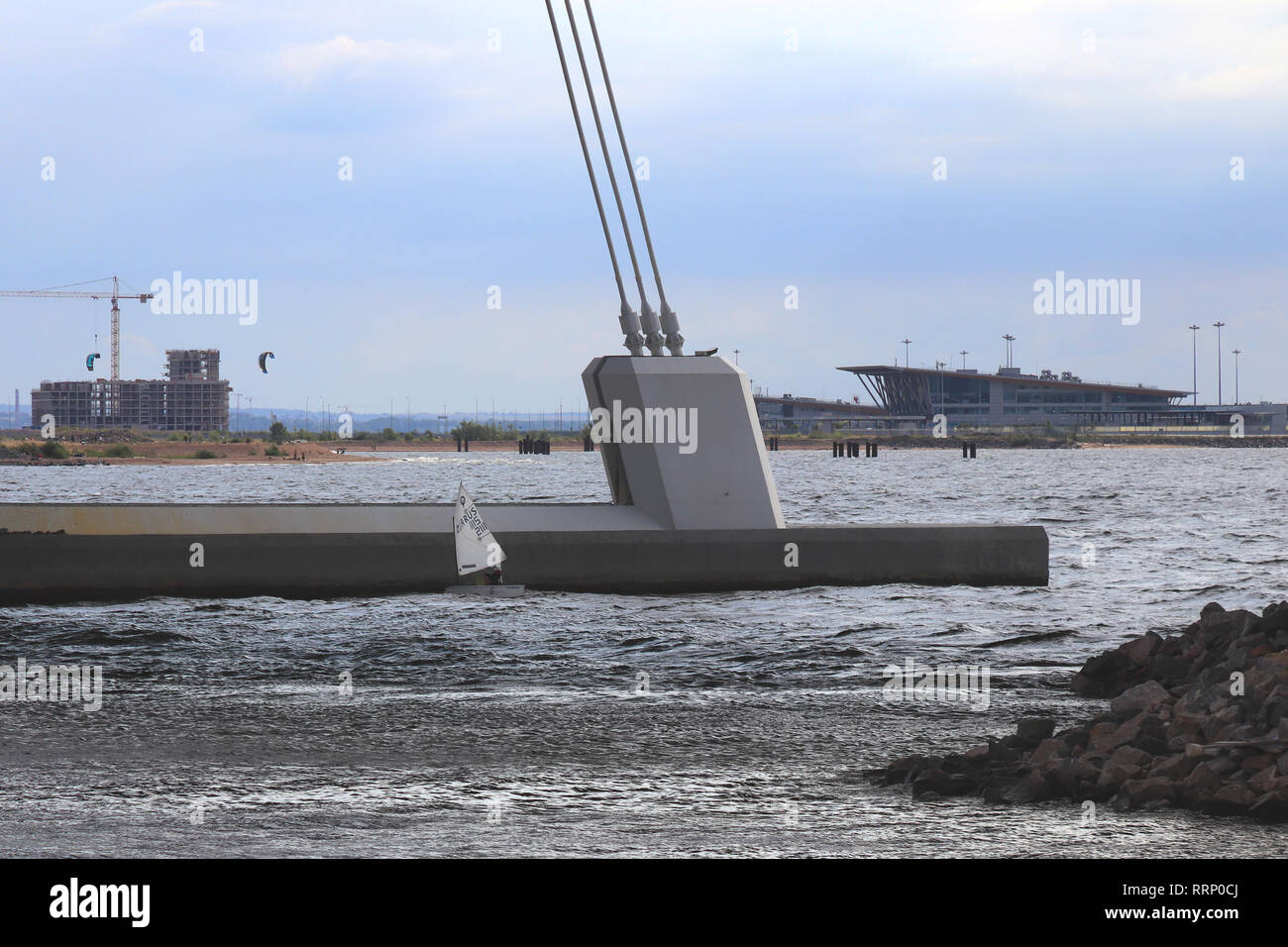

Well appointed awnings could also incorporate or conceal solar panels while providing shade/shelter below, and rooftops offer an abundant go-to for conventional installations of robust arrays.Ĭombined with today’s modern systems, a solar system is an excellent addition to supplementing power on a floating residence. Many environments that suit floating residences have excellent exposure to the sun, with few trees or buildings nearby to impede light getting to the panels. Solar power is the most notable source - it’s viable and sustainable, and can be installed and implemented similar to onshore homes. When tied into the grid, electricity on a floating home would work just as a land-based home– you have a meter and a transformer, all the connections we see in the neighborhood - but let’s turn our attention towards other options that provide power resources. This approach is no different, it’s just that the piping and conduit are built into the floating pathways that connect up the OASys environment. Think of water mains and electric service running under street level and accessed via man-holes. These service runs begin at shore connections and lead down an access ramp where the lines are propagated out to feed the entire community. The shore-based power grid and municipal water and waste infrastructure provide the simplest and lowest-cost solution to begin thinking about managing the community appropriately.Įlectrical conduit and water/waste piping are arranged and incorporated into floating walkways within dedicated weathertight channels. In this way we can optimize the infrastructure that is needed for power, water, and waste and reduce the impact on the environment. When we think of our OASys design philosophy, we like to think of creating floating residences by building modular components that make their installations more streamlined and help provide the planning of larger communities to be more feasible and efficient. This month our exploration of the mechanical systems and day to day operations of a floating residence helps to answer these questions and illuminate their simplicity and ease of use. A house on the water must be a hassle, right? When it comes to electrical circuitry and plumbing systems…how can these possibly work seamlessly in a wet environment?

At first glance it may seem that there has to be a trade-off. The caveat for some homeowners interested in making the leap to an on-water residence may lie in the less romantic area of home utilities. The attraction of living on a floating home is easy to see: a life on the water, immersed in nature and the ability to enjoy both, right out the front door.


 0 kommentar(er)
0 kommentar(er)
